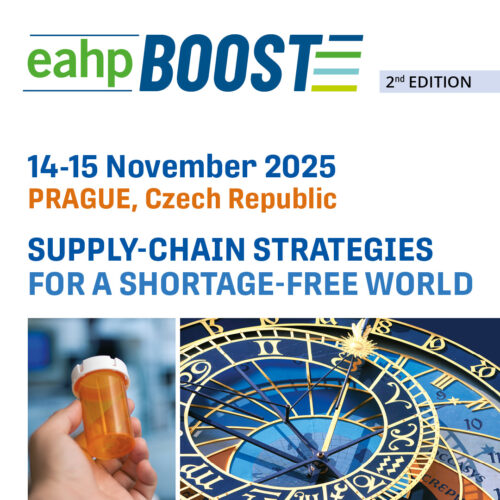TRACE AROUND THE BLOCK! VALIDATION OF AUTOMATED INTEGRATION OF IMPLANTABLE MEDICAL DEVICE TRACEABILITY DATA INTO AN ELECTRONIC PATIENT RECORD
Pdf

European Statement
Patient Safety and Quality Assurance
Author(s)
L. Scherer(1), L. Lassara(1), A. Choquer(1), D. Delaitre(2), E. Maguer(2), L. Papin(3), O. Chauvel(1), G. Nicolaos(1), C. Dupont(1)
(1) Hospital Pharmacy, Hôpital Fondation A. de Rothschild, Paris, France
(2) Information Systems and Medical Technologies Department, Hôpital Fondation A. de Rothschild, Paris, France
(3) Operative unit, Hôpital Fondation A. de Rothschild, Paris, France
leontine-scherer@hotmail.fr
Why was it done?
French regulations require traceability of Implantable Medical Devices (IMDs) to be recorded on discharge documents and in the Electronic Patient Record (EPR). An audit carried out in 2023 showed that only 69.5% of patients’ EPRs mentioned the type of IMD used. We aimed to validate the data transfer automation from the Pharmaceutical Management Software (PMS) to the EPR via an interface.
What was done?
We developed an HL7 interface between our PMS and our EPR. It automatically uploads to the EPR, a file specifying the traceability data of IMDs entered in the PMS.
How was it done?
A “single day” audit was carried out by a single observer on three independent days (August and September 2024). Surgical program data were extracted via the medical management software (Web100T®, Dedalus): name, administrative file number (AFN), date and type of surgery, surgical specialty. Traceability data provided by the pharmacy were extracted from the PMS (PHARMA®, Computer Engineering): name, AFN, number of IMDs tracked. The presence of a traceability document in the EPR (DxCare®, Dedalus) was objectivized and the traceability delay was collected.
What has been achieved?
Over this period, 259 patients underwent surgery: (ophthalmology (74.5%, n=193), otolaryngology (9.3%, n=24), neurosurgery (9.3%, n=24), neuroradiology (5.4%, n=14), cardiology (1.5%, n=4)). At least one IMD was traced for 56.4% (n=146) of patients, with an average of 1.2±0.6 implants per patient ([1;5]; median=1). In all, traceability was achieved in the PMS for 146 patients (170 implants traced), including 139 patients within 48 hours after implantation (95.2% of patients, 150 implants). For these 146 patients, a traceability document was found in the EPR in 99.3% of cases (n=145). It was associated with the correct AFN for 143 patients. The presence of several traceability documents (2) was found for 2 patients, indicating that traceability had been carried out on 2 occasions (dispensing on different departments: common supply and specialized depot).
What next?
Opening up the interface between the PMS and the EPR automated the traceability data transfer (99.3%). The result is a complete EPR with exhaustive health traceability. These results encourage us to implement the final stage in the data transfer automation between the EPR and the shared digital medical record.
























